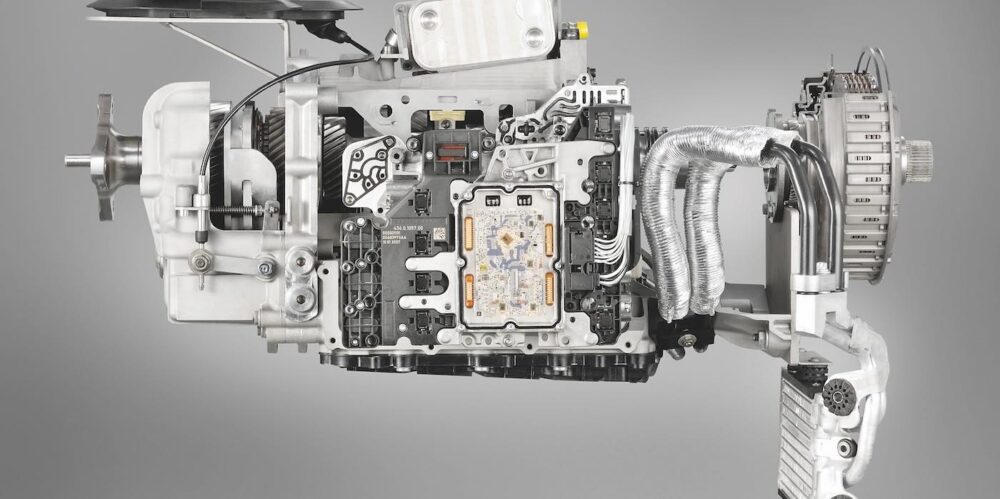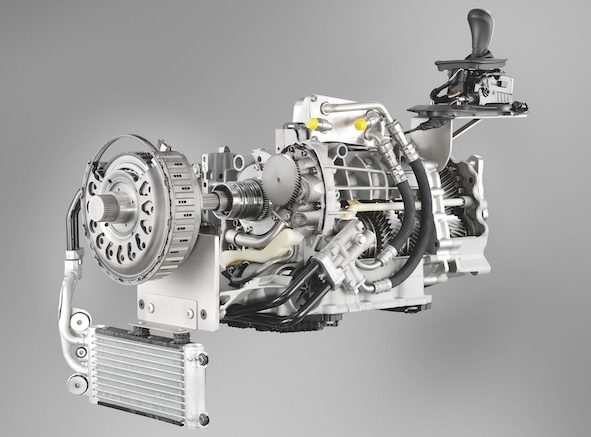Any transmission fluid will increase in volume as it is heated. Many CVT fluid manufacturers have a recommended temperature range to check and set the level. This temperature needs to be checked using the sensor mounted to the valve body. Guessing the temperature or using an infrared thermometer on the pan is not an option.
The other reason for a specific temperature is regarding the cooler for the transmission. Most coolers are controlled by a thermostat and will not circulate fluid until a specific temperature is reached. Checking the fluid level before the transmission has reached the specified temperature might cause a false reading.
Some CVT systems will have a dipstick, while others will require a special dipstick tool that can be inserted into a port. But, some transmissions will use an overflow tube in the pan to set the final level.
Not following the recommended procedures can lead to an under- or overfilled transmission. Often, this mistake is realized when the driver leaves the shop. The symptoms could be poor shift quality and noise. Take your time and follow the service procedures.















